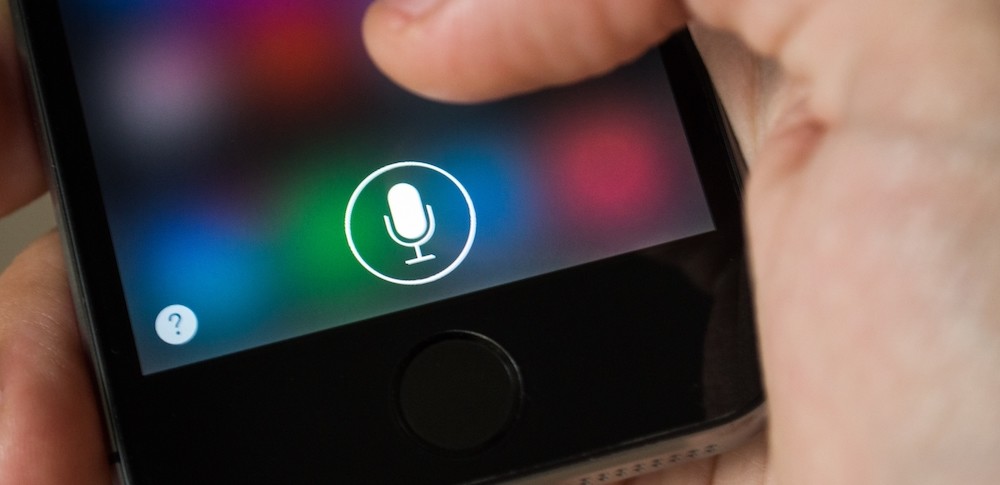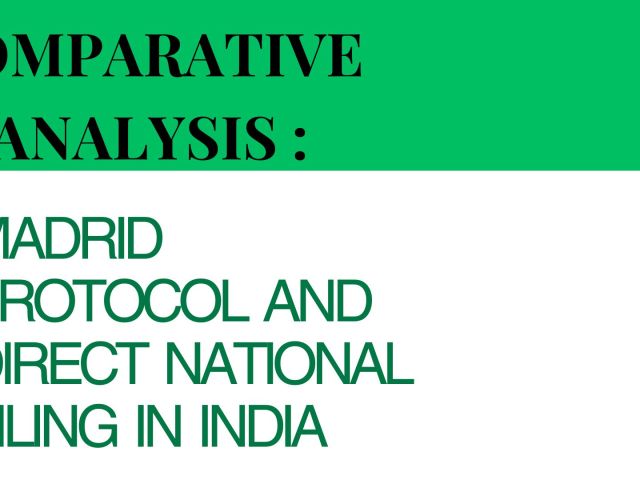The battle to take over the household has heated up recently with increased capabilities coming to virtual assistants. Apple’s Siri, Google’s Assistant, Amazon’s Alexa, and Microsoft’s Cortana not only boast a strong patent portfolio but have also collectively captured a majority of market share and user awareness. What makes them unique is their ability to fulfil simple tasks such as playing music, managing one’s schedule and answering questions while simultaneously having access to a trove of user data and application permissions that allow for greater complexity with regards to day to day control, such as manipulating lights, temperature and intelligent monitoring of one’s premises.
The goal is to automate laborious, technological tasks thereby improving the standard of living and ushering in a fundamental paradigm shift that maximizes contemporary and future technological capabilities. This is made possible by natural voice recognition with deep system integration, empowered by the necessary computing power, and its abilities are only enhanced when connected with other ‘smart’ devices. However, the approach taken by the software giants to achieve ubiquity in every facet of human life raises both privacy and intellectual property concerns and makes one consider Orwellian implications.
Google has been at the forefront of technological innovation through advanced machine learning and speech pattern analysis utilized by its artificial intelligence (“AI”) developed in-house. Google Assistant has been shored up through the filing and granting of multiple patents that have guaranteed exclusive financial use of primary and auxiliary methods and technologies that allow hands-off operation of digital devices. What is concerning though, is the potential it expresses to target ads in a more concentrated manner, and the extent of access to personal information required to fulfill certain basic tasks.
To breakdown the inner workings of Google Assistant from purely a patent standpoint, the symbiotic relationship between the underlying technologies must be considered. Multiple smart home devices combine their sensors to detect words and other inferences so as to maximize the input of information, that is then responded to via notifications on the contextually relevant device through its user interface. Keywords become ‘hotwords’, as Google calls it, when associated with certain actions which are recognized to begin processing the request of the user. An illustration would be saying “Ok Google” out loud which switches on the mike of the speakers as it begins to listen. Voice Models are created initially to help judge the nature of information and the extent of actionable access to the users. Thus, not only are the owners and other permitted parties given contextual information that produces tailored responses but different voices are given varied information, based on how the Assistant identifies you, or lack thereof. The latter is to prevent unauthorized access by unrecognized personnel. The verbal input is then translated into text that is comprehensible by the Assistant with capabilities to understand multiple inputs, and able to provide a direct output such as reciting a poem, or an indirect output such as switching on the lights and reducing the temperature.
As an intelligent automated assistant capable of speaking to other devices and services within its ecosystem, it can indoctrinate traditionally analog devices into the fold such as a coffeemaker, or a garage door. Simply serving the role of a middleman is short-sighted and the Assistant brings speaker recognition wherein different profiles are assigned based on audio input, using a neural network that can include other devices in the long run that interact with one another at a systemic level.
This mesh network connected to the internet and via a Local Area Network (LAN) enables privacy-aware personalised content sharing and ascertain information by collectively using all available hardware and software resources in a ‘Smart Home’. The leap towards complete automation is when policies are implemented on connected devices based on sensed observations such as a monitoring system whereby a message being sent to the parent if the child is trying to access the liquor cabinet (inferring ‘mischief’) or automatically play soothing music to calm down a crying baby. This is arguably the beginning of what Artificial Intelligence can achieve when coupled with a Virtual Assistant and the objective is to achieve ubiquity. The possibilities are limitless, but so is the potential for abuse.
As the Consumer Watchdog revealed, access to not only a vast repository of information that includes a person’s health data but also being able to monitor a person by employing different methods during their ‘downtime’ at home brings to mind the Orwellian nature of technological implementation. Profiles can be created that help target ads better and personal data sold, Google’s ubiquity can enable absolute control over ad-generation models, commercial third parties such as insurers and utility companies could benefit from home data, hackers can exploit vulnerabilities that could allow the malicious actors to access and profit off of private information, while conversely, law enforcement could also utilize smart camera footage and query history from the Google Assistant in an effort to tackle crime.
Total permeation of virtual assistants and their allied smart devices in the household can raise ‘thorny’ issues and one needs to be cautious of the price that is to be paid if the technology is to make his life as easy as it does. With a continuous acquisition and licensing of patents by multinationals, the process of innovation is only accelerating. Expansion of the collection of personal data can magnify the risk of someone finding out something personal, but when used properly, virtual assistants are the realization of a dream that proves that the future is now.
Following posts gives you a gist on software patents, and don’t miss it.
Can We Get Software Patents in India?
The Guidelines For Computer Related Inventions in India
How AI Will Change the IP Industry
Artificial Intelligence and Intellectual Property Rights
The Future Ahead: Intellectual Property
The Rising ties between IP and Blockchain



